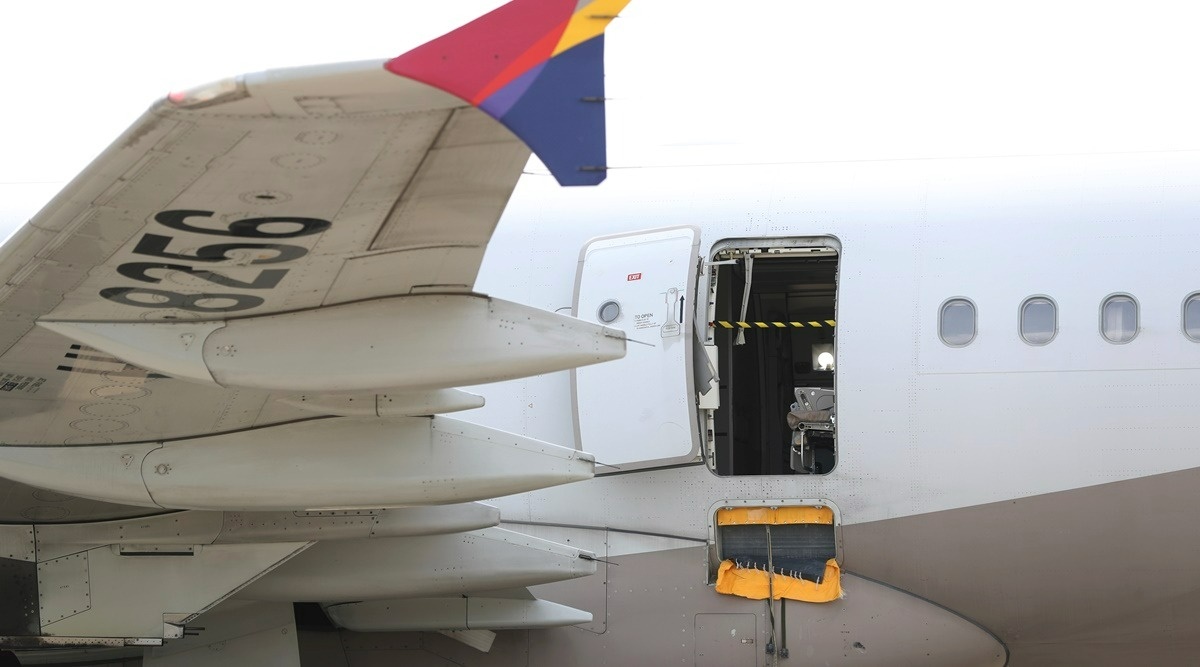Skyrocketing air journey demand round Diwali is a time of frenzy for the airways sector, however because the demand comes near exceeding capability on sure routes, the income administration groups of full-service carriers are confronted with an uncommon phenomenon — fares of economic system class tickets turning costlier than enterprise class tickets or premium economic system tickets.
A fast ticket search on airline web sites for a few of the non-trunk routes confirmed the next: For journey on October 26 (two days after Diwali), the most affordable economic system fare on Air India’s Ahmedabad-Delhi flight departing at 7.30 am price Rs 24,666, whereas the most affordable enterprise class fare was almost Rs 5,000 cheaper at Rs 19,748. Similarly, for October 21, two of Air India’s Pune-Delhi flights, departing at 6.50 pm and 9.55 pm, had economic system fares priced at Rs 27,647 and enterprise class at Rs 24,808.
Tata Group-Singapore Airlines joint-venture airline Vistara additionally confirmed an analogous pattern on premium economic system tickets. The airline’s Pune-Delhi flight for October 22, departing at 5.30 am, had ‘economy standard’ fare priced at Rs 20,329, whereas its ‘premium economy value’ fare on the identical flight was priced at Rs 19,398.
On Bhubaneswar-Delhi flight operated by Air India on October 21, scheduled for departure at 9.30 pm, the economic system fare was priced at Rs 27,662, whereas the enterprise class fare was obtainable for Rs 20,555.
On October 22, two of Vistara’s Bhubaneswar-Delhi flights, departing at 1 pm and eight.30 pm, had the most affordable economic system fares obtainable at Rs 12,994 whereas the most affordable premium economic system fares had been priced at Rs 12,693.
Explaining a doable purpose behind this phenomenon, an government at a Dubai-based airline instructed The Indian Express that this could possibly be because of how airways outline their Reservation Booking Designators (RBD), or fare buckets.
“Each bucket has a defined place on the fare ladder, and a limited number of seats assigned to it. Once a bucket on the lower level of the ladder fills up, the algorithm climbs one step and the fares become more expensive. In this case, fares in only the highest fare bucket might be remaining in economy class given the demand, whereas business class fares would be from the buckets lower down,” mentioned the chief.
“We have systems in place that put a surcharge on the fare based on pre-defined conditions such as if the departure is less than a certain number of days away, and the flight is 99 per cent booked, put a 20 per cent surcharge on whatever is the filed fare. Maybe this rule kicks in sometimes, and makes the economy fare costlier than business fare. To ensure this doesn’t happen, some airlines have network-wide rules that look at business class vs economy fares and if there’s a fare inversion, a differential amount added on the business class fare,” the chief mentioned.
The October-December quarter is often the perfect performing interval for airways with festivals and holidays inflicting a rush for air journey. “We are witnessing a surge in positive consumer sentiment and this is driving our demand for the upcoming Diwali period by 50-60% as compared to last year. Understandably there is a considerable surge in airfares to high-load domestic destinations compared to pre-cap removal; also supply constraints for international destinations,” mentioned Indiver Rastogi, President & Group Head, Global Business Travel, Thomas Cook (India) and SOTC Travel.
“Airfares to popular routes from various hubs like Mumbai, Pune, Delhi and Bengaluru are witnessing an uptick during the upcoming Diwali period versus the previous year. We have seen an increase of 50-60% for Andaman, Himachal and Kashmir, 50% for Goa and Kerala. Metros like Mumbai, Delhi, Bengaluru, etc. are also witnessing surge pricing of 25-30% versus last year as India’s migrant working professionals are travelling back to their hometown to celebrate Diwali with their families,” he mentioned.
